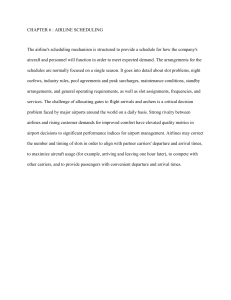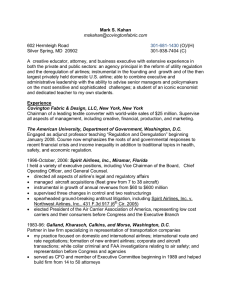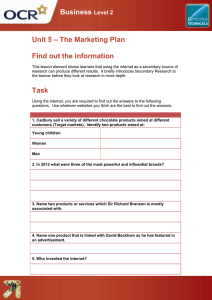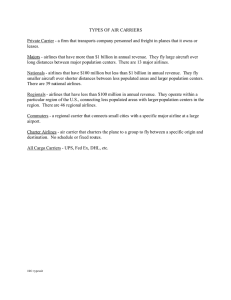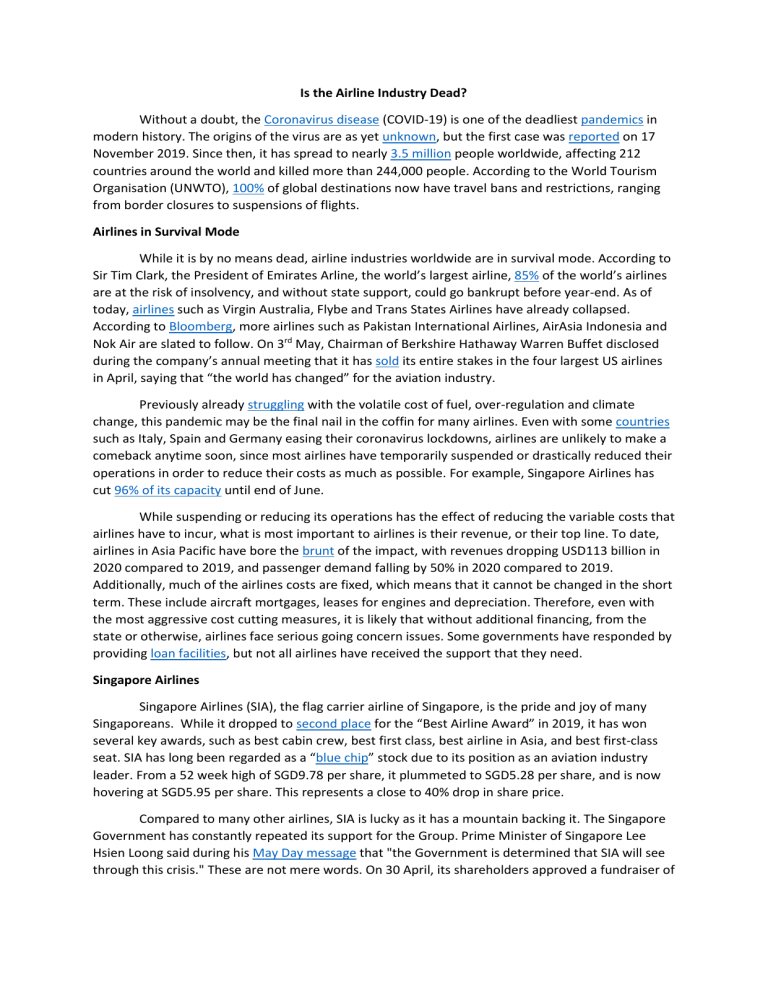
Is the Airline Industry Dead? Without a doubt, the Coronavirus disease (COVID-19) is one of the deadliest pandemics in modern history. The origins of the virus are as yet unknown, but the first case was reported on 17 November 2019. Since then, it has spread to nearly 3.5 million people worldwide, affecting 212 countries around the world and killed more than 244,000 people. According to the World Tourism Organisation (UNWTO), 100% of global destinations now have travel bans and restrictions, ranging from border closures to suspensions of flights. Airlines in Survival Mode While it is by no means dead, airline industries worldwide are in survival mode. According to Sir Tim Clark, the President of Emirates Arline, the world’s largest airline, 85% of the world’s airlines are at the risk of insolvency, and without state support, could go bankrupt before year-end. As of today, airlines such as Virgin Australia, Flybe and Trans States Airlines have already collapsed. According to Bloomberg, more airlines such as Pakistan International Airlines, AirAsia Indonesia and Nok Air are slated to follow. On 3rd May, Chairman of Berkshire Hathaway Warren Buffet disclosed during the company’s annual meeting that it has sold its entire stakes in the four largest US airlines in April, saying that “the world has changed” for the aviation industry. Previously already struggling with the volatile cost of fuel, over-regulation and climate change, this pandemic may be the final nail in the coffin for many airlines. Even with some countries such as Italy, Spain and Germany easing their coronavirus lockdowns, airlines are unlikely to make a comeback anytime soon, since most airlines have temporarily suspended or drastically reduced their operations in order to reduce their costs as much as possible. For example, Singapore Airlines has cut 96% of its capacity until end of June. While suspending or reducing its operations has the effect of reducing the variable costs that airlines have to incur, what is most important to airlines is their revenue, or their top line. To date, airlines in Asia Pacific have bore the brunt of the impact, with revenues dropping USD113 billion in 2020 compared to 2019, and passenger demand falling by 50% in 2020 compared to 2019. Additionally, much of the airlines costs are fixed, which means that it cannot be changed in the short term. These include aircraft mortgages, leases for engines and depreciation. Therefore, even with the most aggressive cost cutting measures, it is likely that without additional financing, from the state or otherwise, airlines face serious going concern issues. Some governments have responded by providing loan facilities, but not all airlines have received the support that they need. Singapore Airlines Singapore Airlines (SIA), the flag carrier airline of Singapore, is the pride and joy of many Singaporeans. While it dropped to second place for the “Best Airline Award” in 2019, it has won several key awards, such as best cabin crew, best first class, best airline in Asia, and best first-class seat. SIA has long been regarded as a “blue chip” stock due to its position as an aviation industry leader. From a 52 week high of SGD9.78 per share, it plummeted to SGD5.28 per share, and is now hovering at SGD5.95 per share. This represents a close to 40% drop in share price. Compared to many other airlines, SIA is lucky as it has a mountain backing it. The Singapore Government has constantly repeated its support for the Group. Prime Minister of Singapore Lee Hsien Loong said during his May Day message that "the Government is determined that SIA will see through this crisis." These are not mere words. On 30 April, its shareholders approved a fundraiser of up to SGD15 billion in a rights issue and zero-coupon 10-year mandatory convertible bond (MCB), to be fully backed by the majority investor Temasek Holdings, Singapore’s sovereign wealth fund. Additionally, the Group has taken several other steps to improve its liquidity. For example, it is in discussions with aircraft manufacturers to defer upcoming aircraft deliveries, undertaken a salary cut for the Group’s management and Company directors, as well as drawn on its credit lines with various financial institutions. Finally, it has also tapped on the Jobs Support Scheme, which will subsidise a significant portion of the wages paid to each local employee. The question then becomes: Is this sufficient? As with other airlines, SIA is highly leveraged. Losses stemming from fuel costs caused by hedging is slated to reach SGD1.2 billion, with oil prices now in the USD20 range. According to its FY2018-2019 Annual Report, it has a staggering SGD22.4 billion in capital expenditures commitments, mostly related to the acquisition of aircraft fleet and related equipment. While it is in talks to “refine its delivery stream” by discussing with aircraft manufacturers on deferring its aircraft delivery, SIA is still in the middle of a re-fleeting program and has outstanding orders for 140 aircraft, including 73 widebodies. Meanwhile, it has committed to taking the new aircrafts, but has not explicitly said that it would receive all outstanding orders. The math does not add up. 38% of the proceeds from the bonds of the SGD8.8 billion to be raised will give SIA SGD3.3 billion to pay off its massive capital expenditures commitment of SGD22.4 billion. That leaves a whooping SGD19.1 billion. Taking into account its FY18/19 balance cash and cash equivalents of 2.9 billion, that still leaves SGD16.2 billion that needs to be financed. Where will SIA find the money to pay all these off? It is noted that the Group is in discussions to secure more financing and perform sale and leaseback of the aircraft that it owns. However, the Group currently has a Debt to Equity ratio of 60%, which means that more than half of the Group’s assets is financed by debt. There is very little room in terms of assets for the Group to safely further Ieverage on. In comparison, the Industry benchmark is at 12.95%. Silver Lining? No one knows what the future will be like after the lockdowns end, and how travel consumption habits will change. According to industry experts, demand is expected to remain low in spite of the economic recovery post lockdown. This is more likely due to the existing travel bans and restrictions, mandatory quarantines and travel advisories. Additionally, full flights would likely now no longer be a thing in the short term, due to mandatory “social distancing” requirements that need to be in place to prevent a second wave of infections. All these will eat into the revenues of airlines. Yet, as China shows, consumers want to spend post lockdown, quarantine, and months of social distancing. These indicate that recovery will be likely, albeit slow. Airline revenue will not be able to reach pre-pandemic levels anytime soon, but if the easing of lockdowns are anything to go by, the end of the tunnel isn’t coming anytime soon, but at the very least there is a spark of hope to light the way.

